
Pueblo of Acoma Textile Conservation Project
The museum collaborated with Acoma cultural advisors on the care of 12 textiles.


The museum collaborated with Acoma cultural advisors on the care of 12 textiles.

Details and photos of the treatment process.
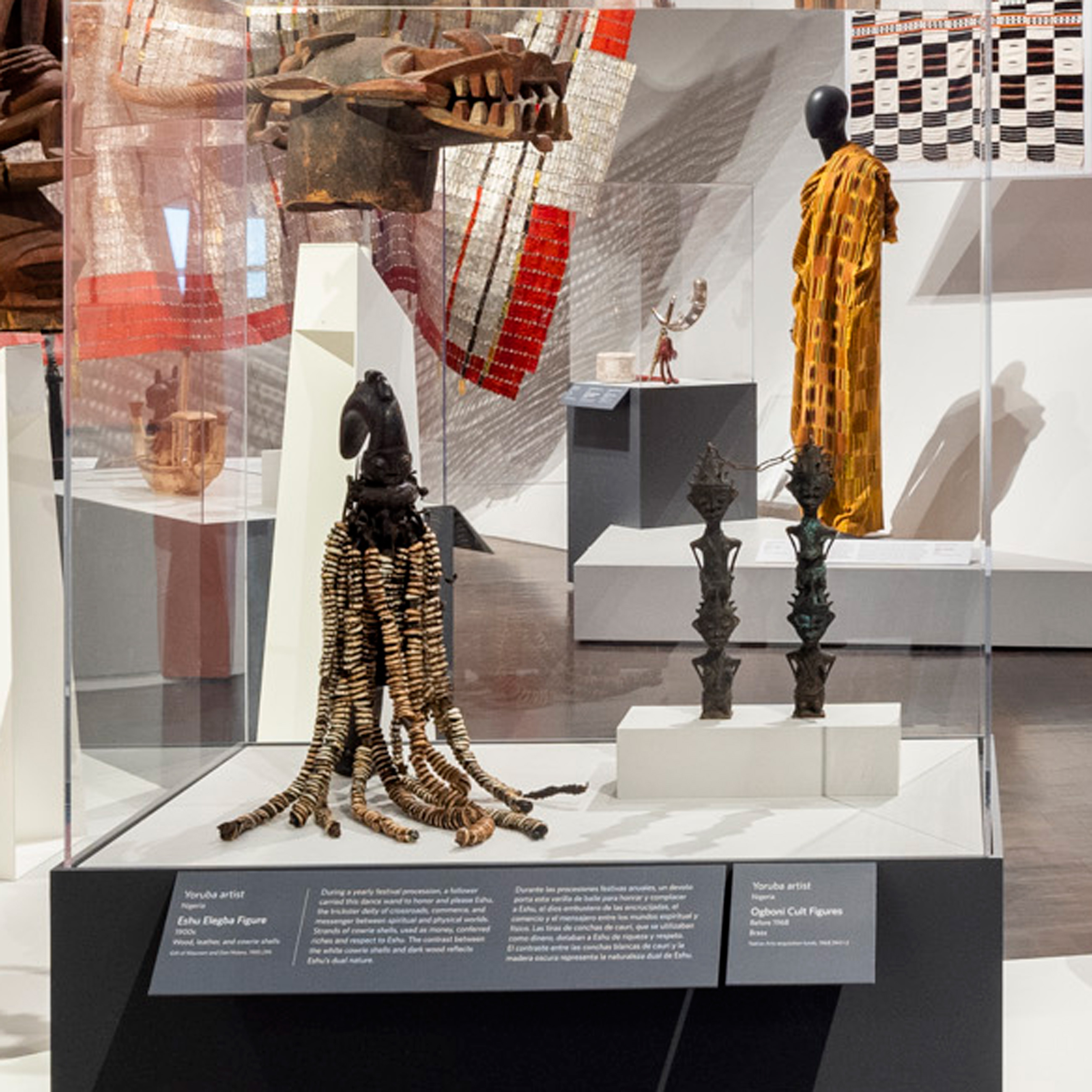
How the DAM is caring for a Yoruba orisa figure on view in the arts of Africa gallery.
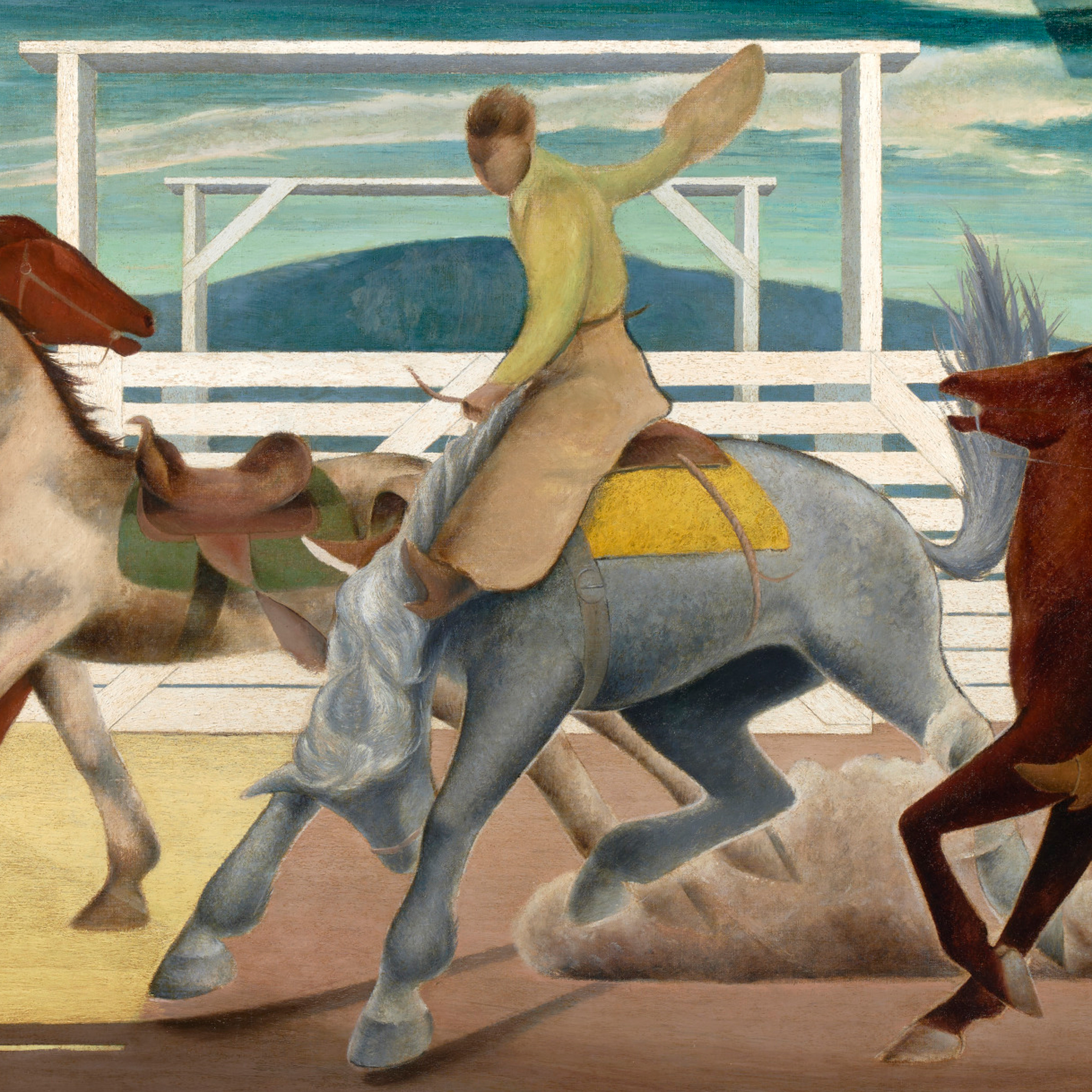
El pintor y muralista de Colorado Frank Mechau (1904-1946) fue un impulsor del Oeste norteamericano como tema para el arte moderno en el país.

Learn about the Colorado artist's 1934 painting.

The Vida y Arte podcast brings the art of the Americas to the forefront and shows you why it matters now.
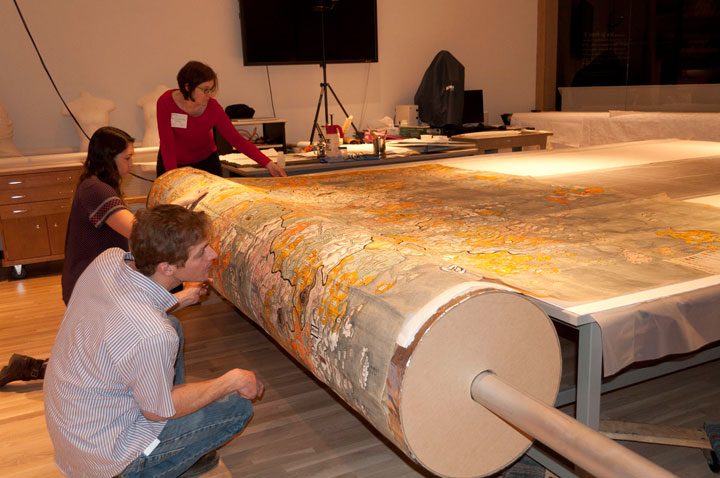
This article tells the story of how the Denver Art Museum conserved this map. To learn more about the map itself read this article. No longer on view.
History, Artistry & Science
Traditional conservation embodies what I like to refer to as the “holy trinity” of disciplines: history, artistic competency, and science. The marriage of these three areas make conservation stand apart from restoration—or simply making something look good or better.
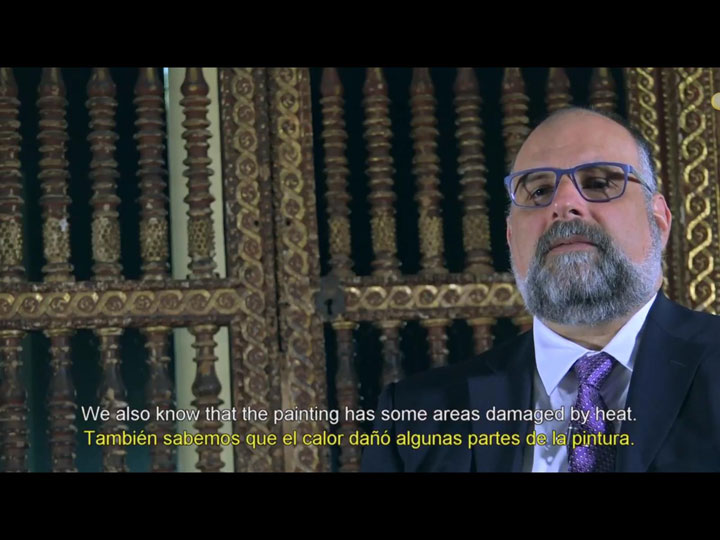
These videos tell the story of how curators, conservators, and educators worked to conserve The Virgin of Valvanera (on view in Revealing a Mexican Masterpiece: The Virgin of Valvanera), a painting created in the 1700s.

Artists have used varnishes to coat their paintings since the 1400s—some claim as early as the eleventh century. Varnishes serve to saturate the paint colors, provide some degree of protection for the paint surface, and to impart an even surface sheen. Some artists have used varnishes as an aesthetic medium, mixing resins into wet paint to create rich translucency or selectively applying them to juxtapose areas of matte and gloss.
Conservation & Varnish
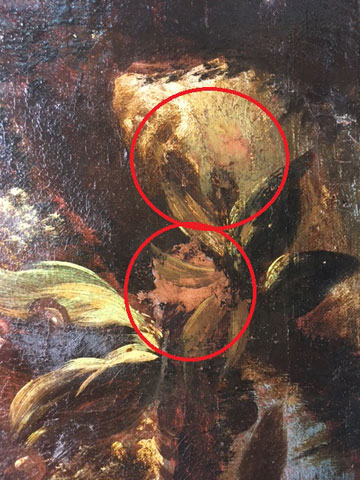
For a painting that is over 300 years old, The Virgin of Valvanera is in remarkably good condition. One would fully expect that a painting of this age has undergone several attempts at restoration (by both skilled and amateur hands). Contrary to what is usually the case, this painting has not incurred major structural damage in the form of tears or losses, has never been lined (i.e. attached to a secondary canvas or solid support material), and has not been severely over-cleaned or extensively repainted.

As part of the research for the conservation treatment of the painting The Virgin of Valvanera, attributed to Cristóbal de Villalpando, a team from the Denver Art Museum traveled to Mexico City in March, 2017. There, the team was fortunate to visit several sites and meet with specialists on Mexican painting of the baroque period.

Art conservation is a field that encompasses a breadth of expertise. As we roll up our sleeves in anticipation of improvements and potential discoveries, a plan that will provide optimum preservation is essential.